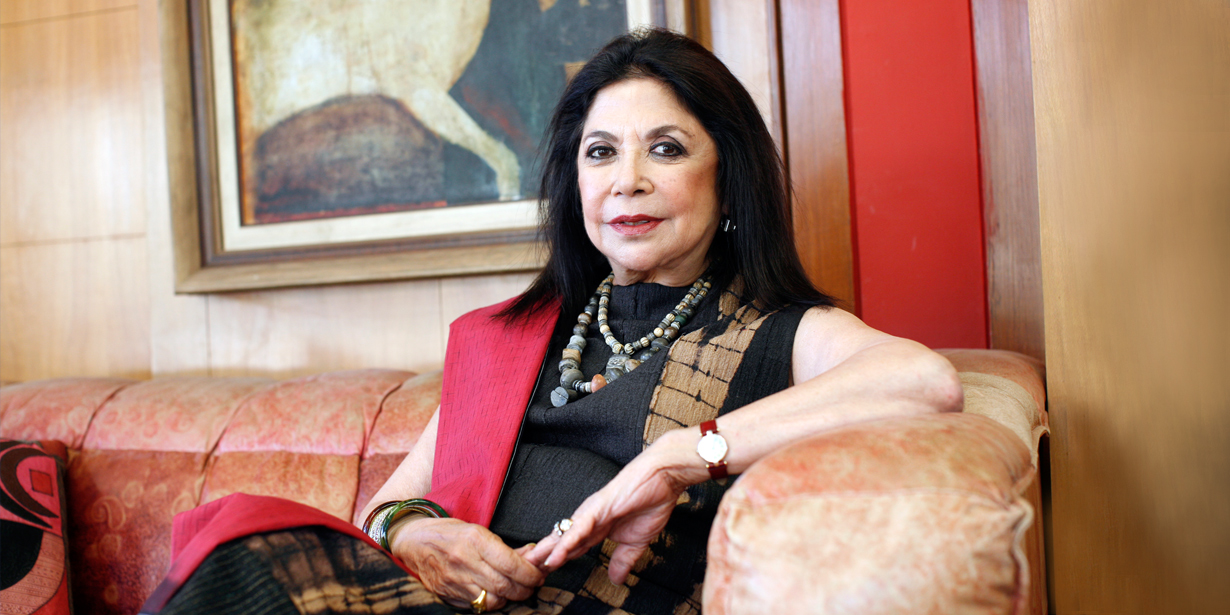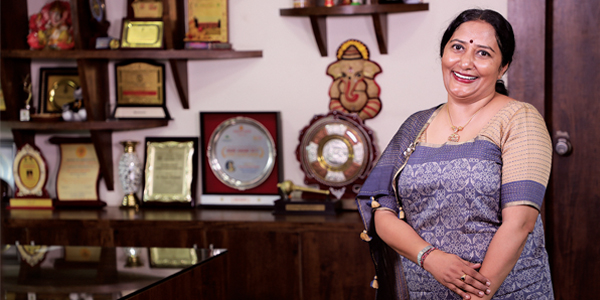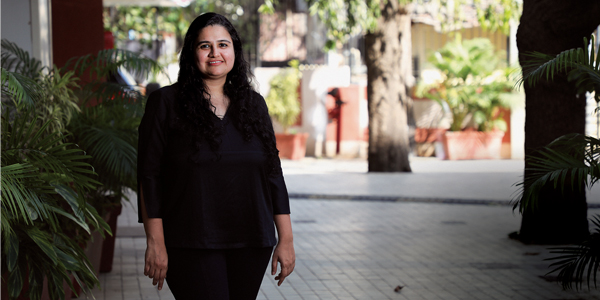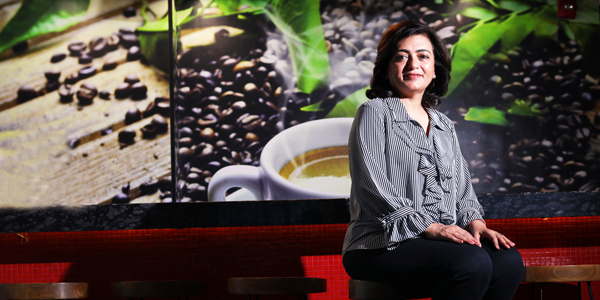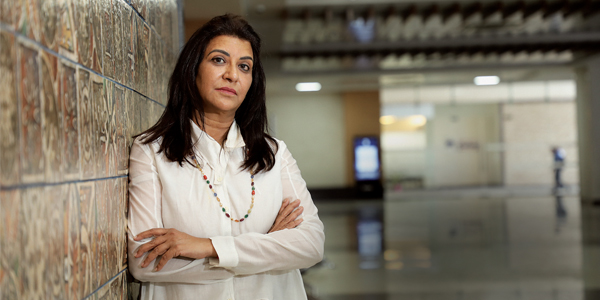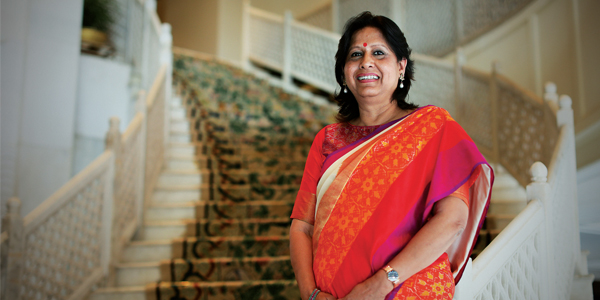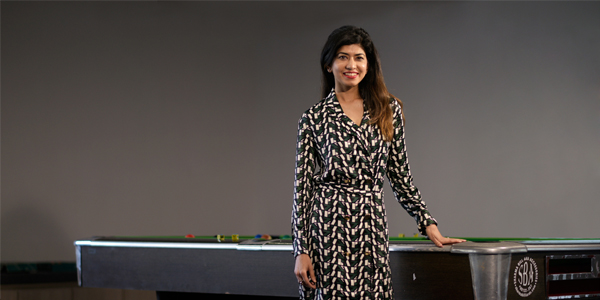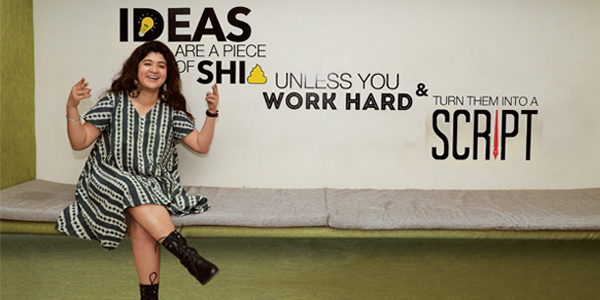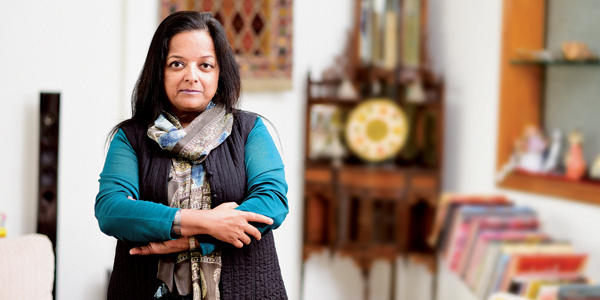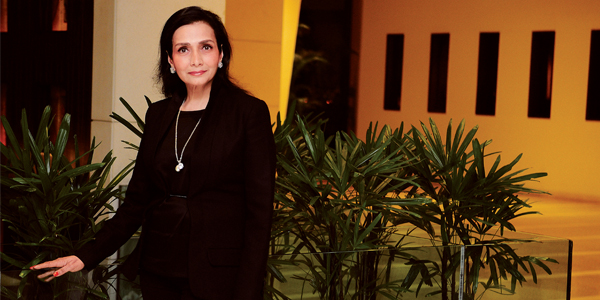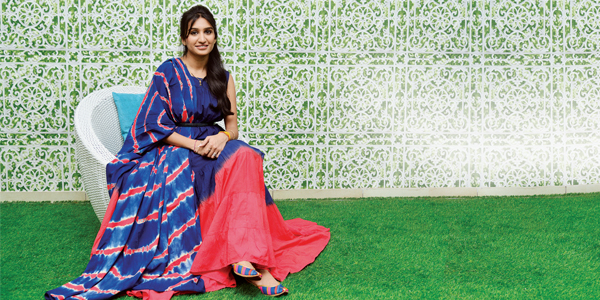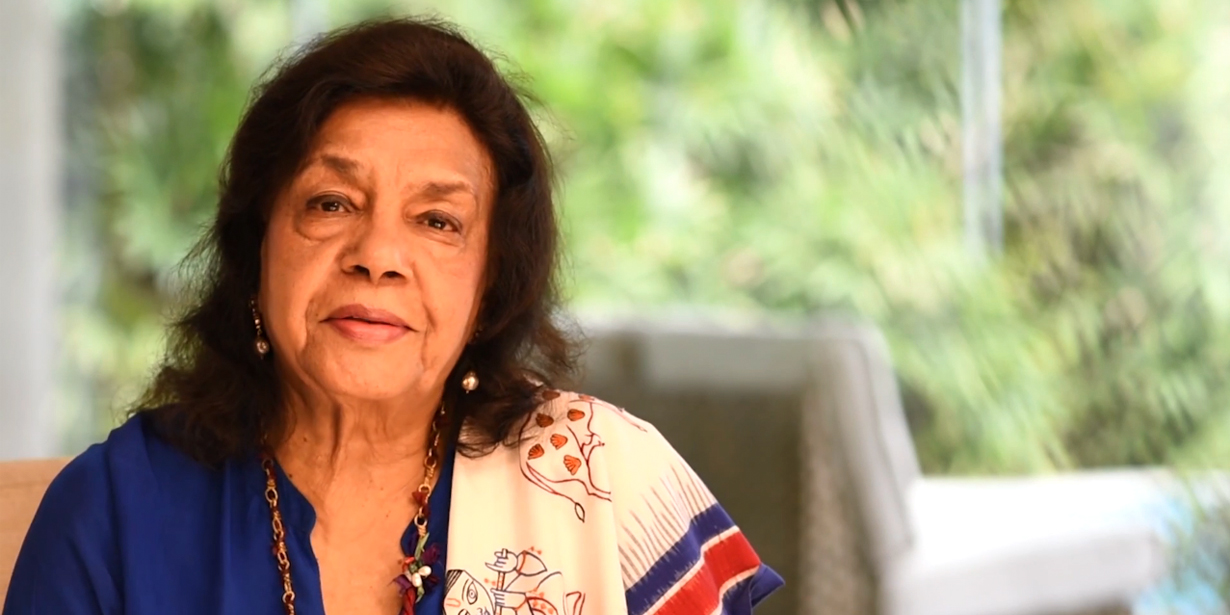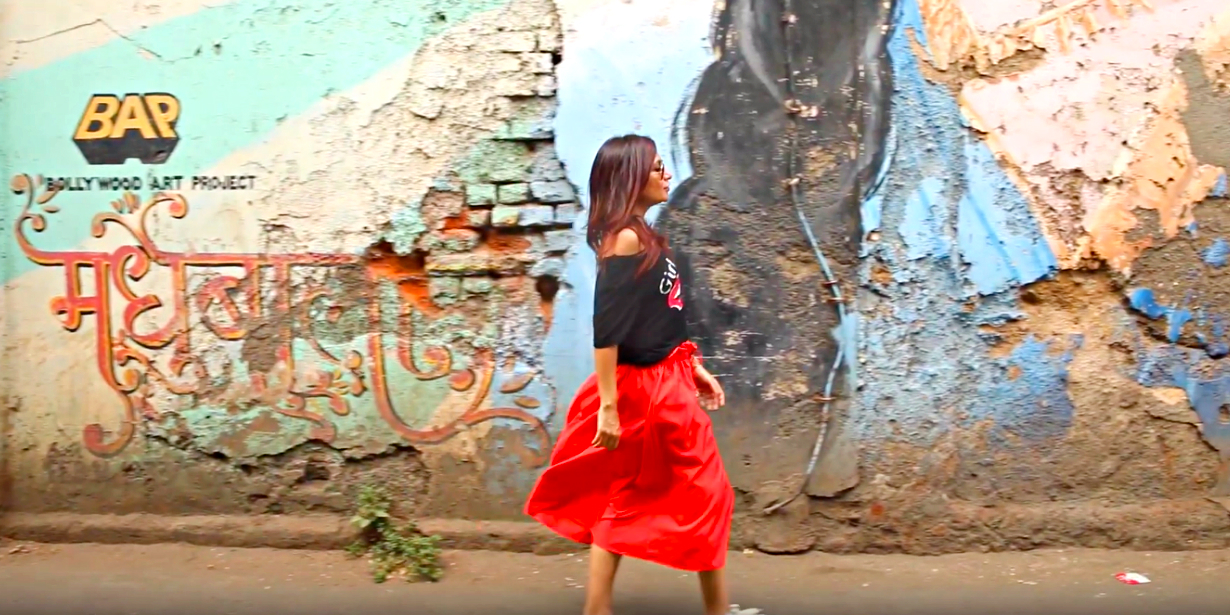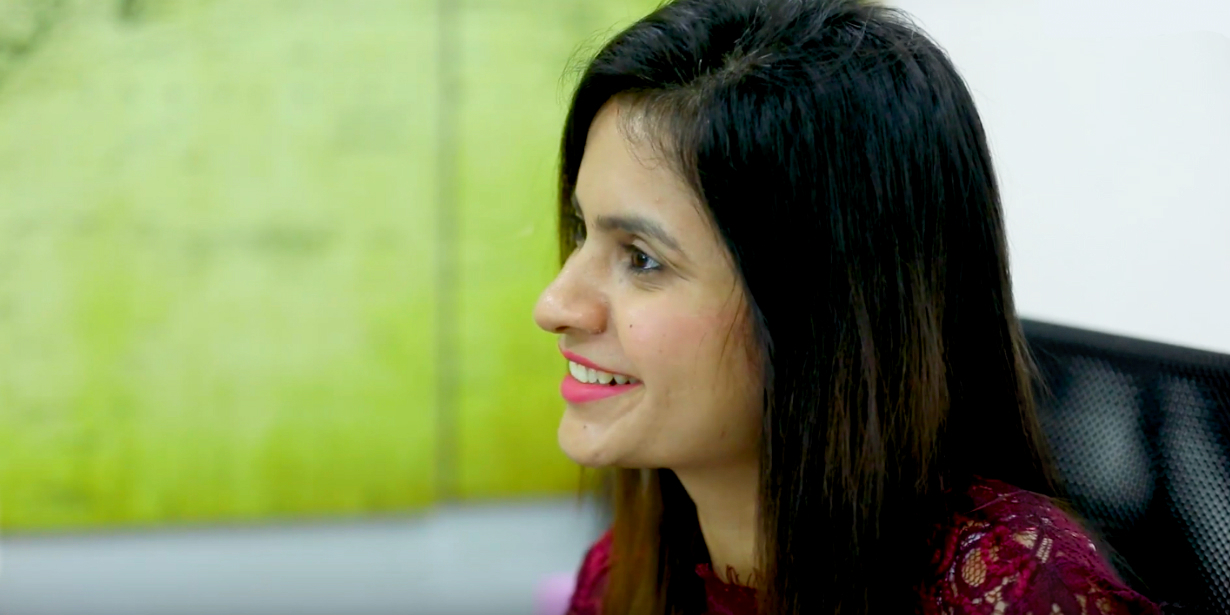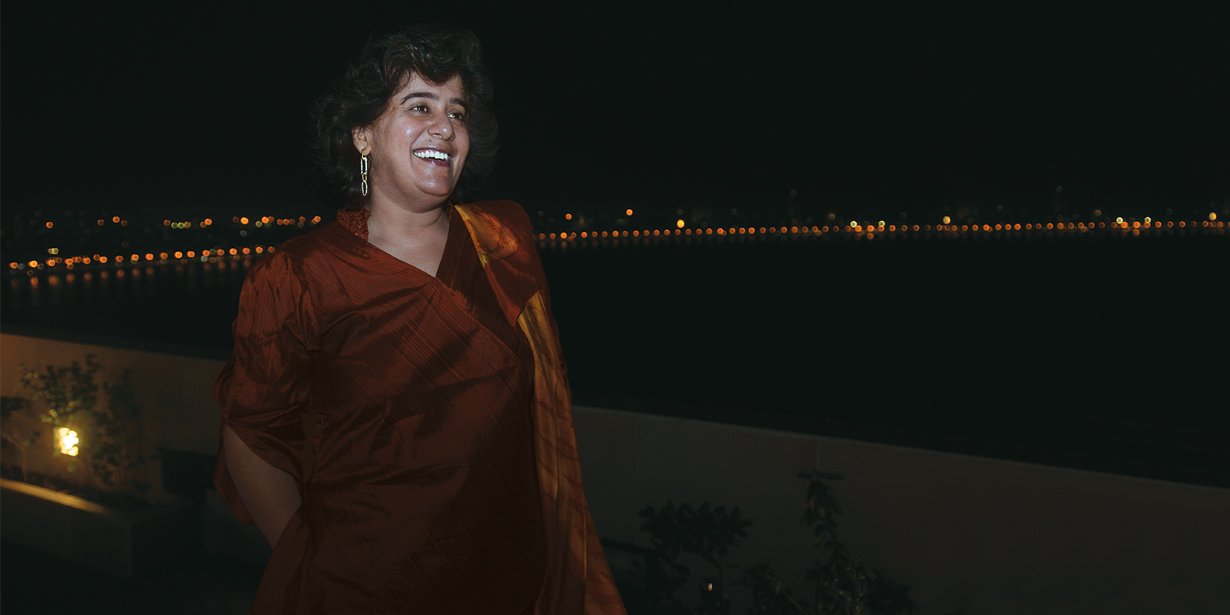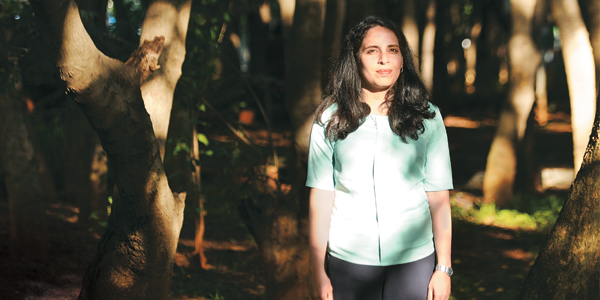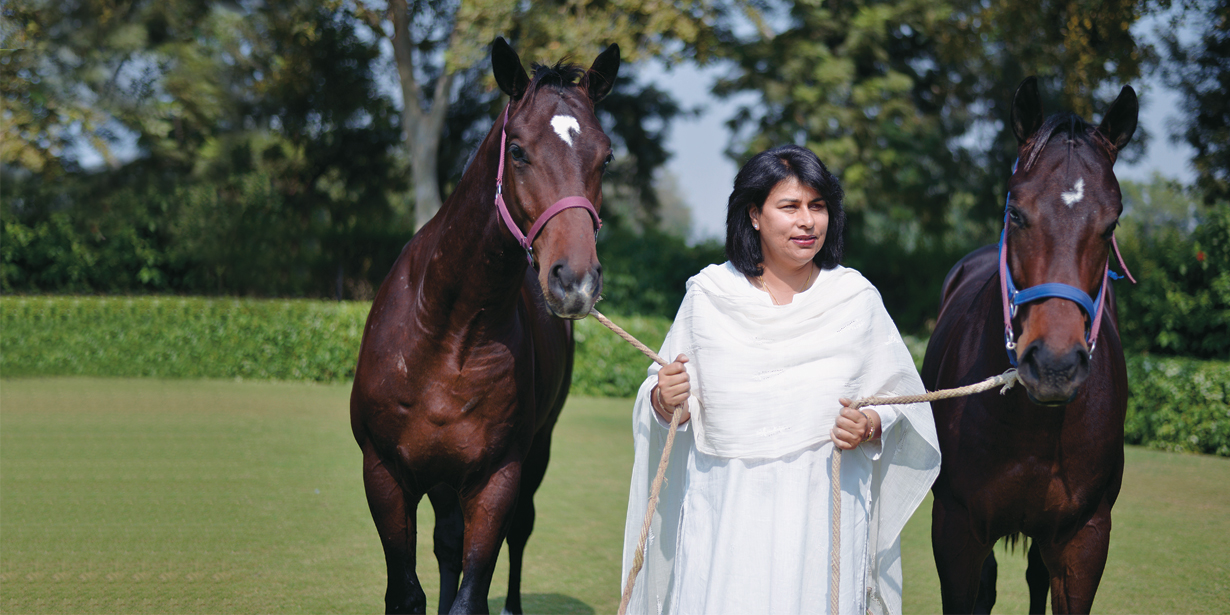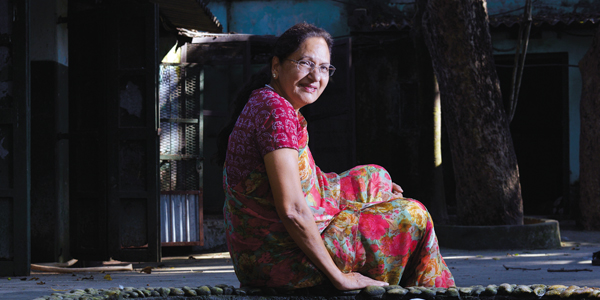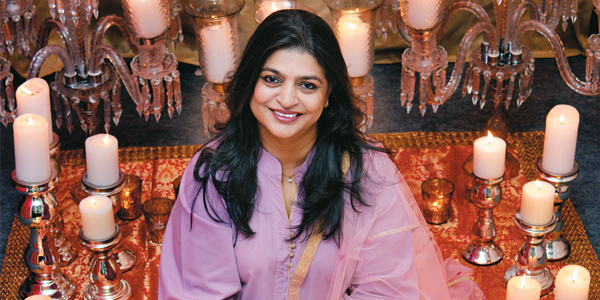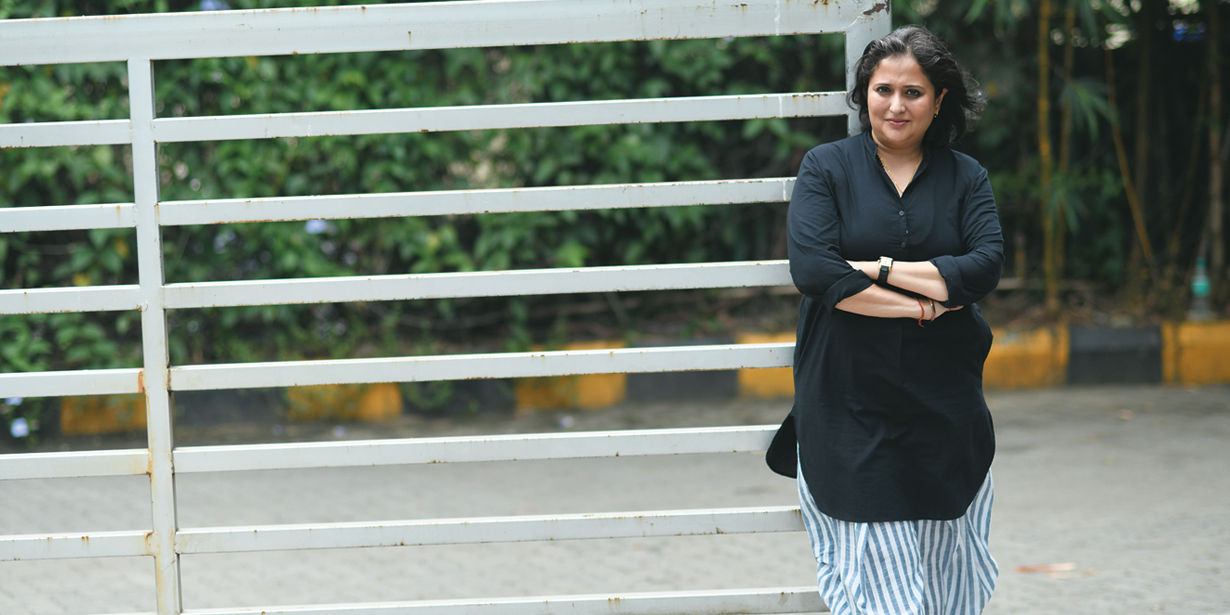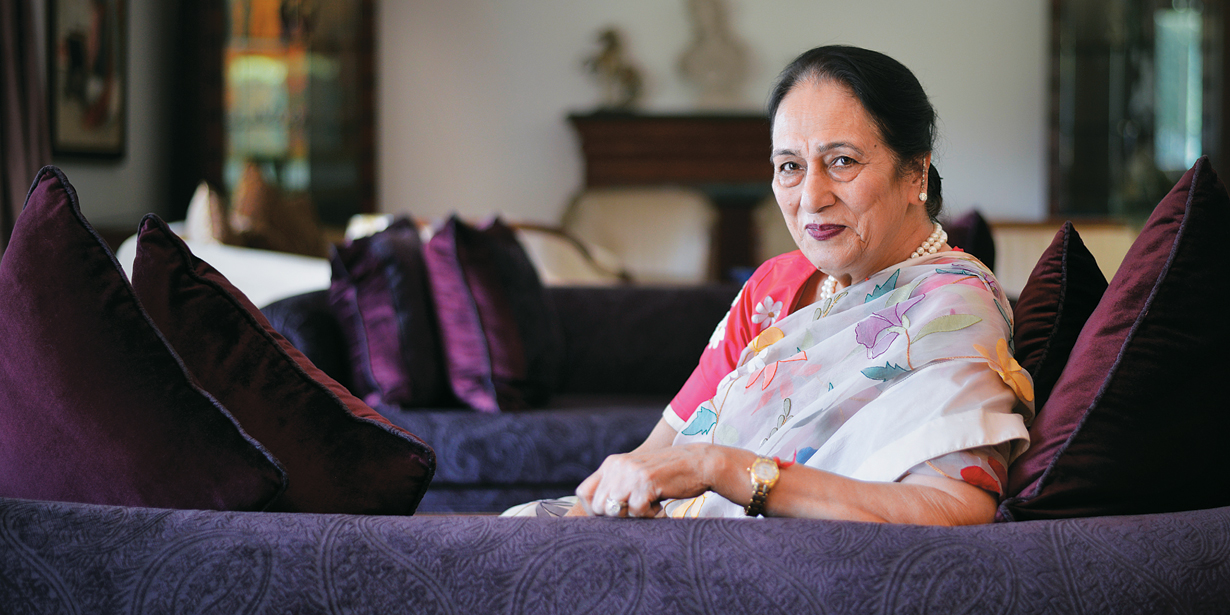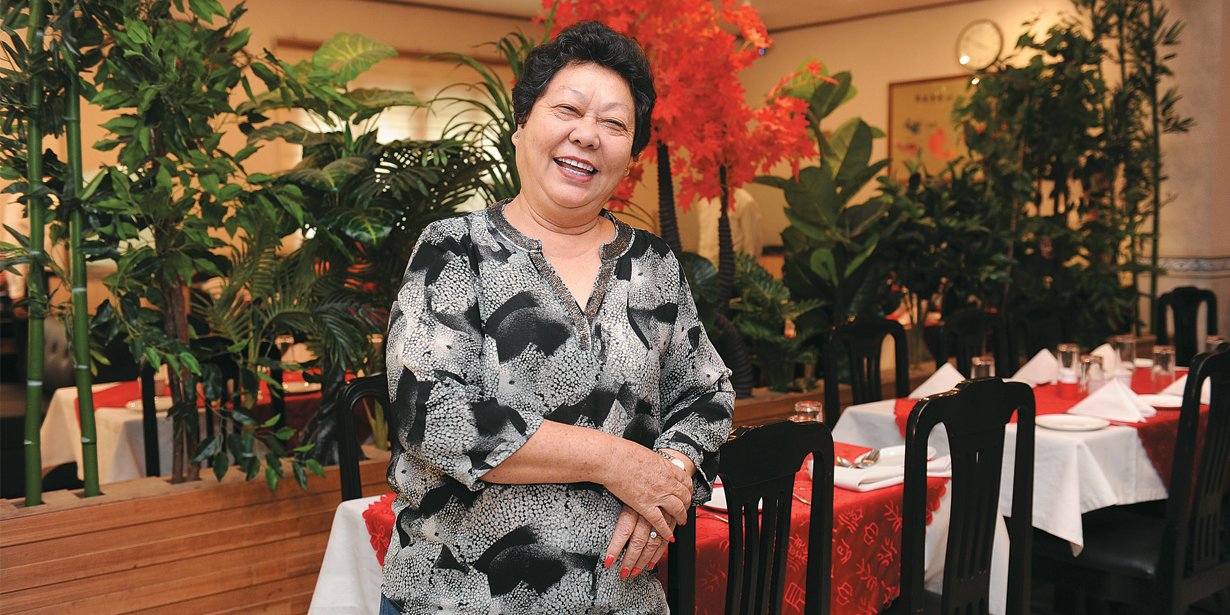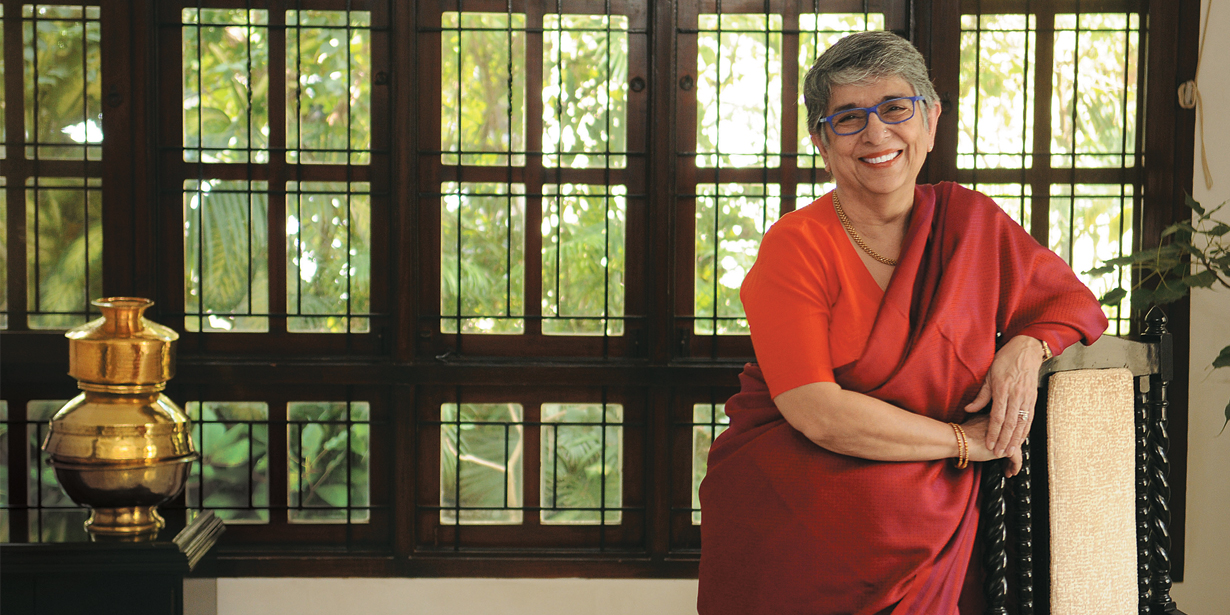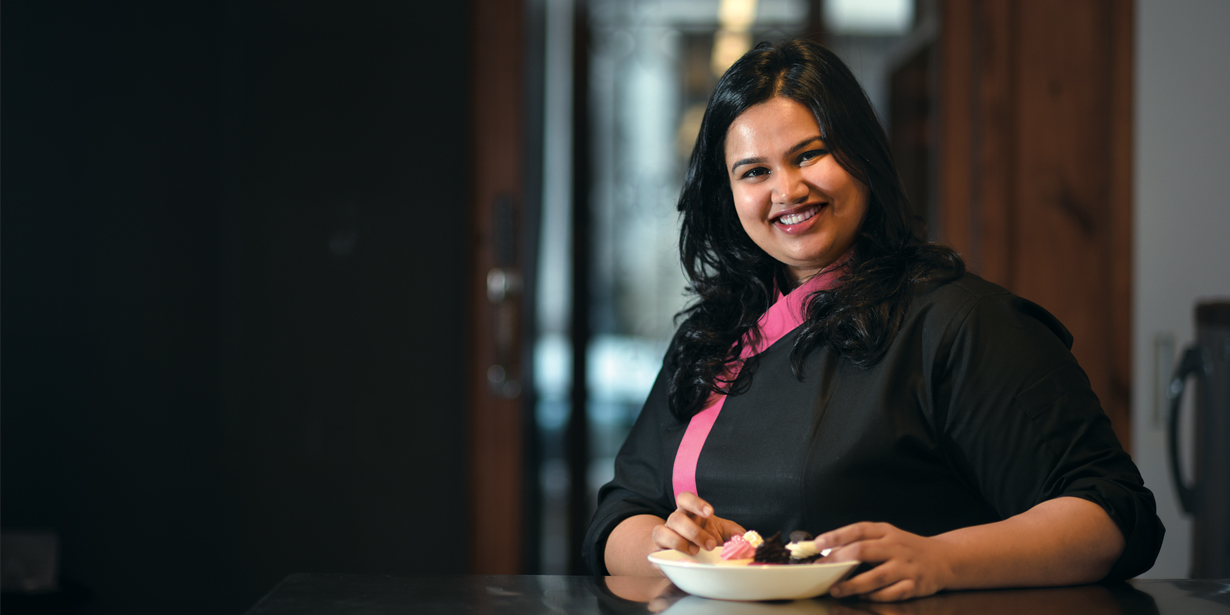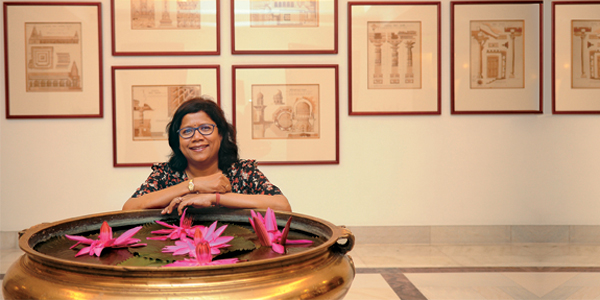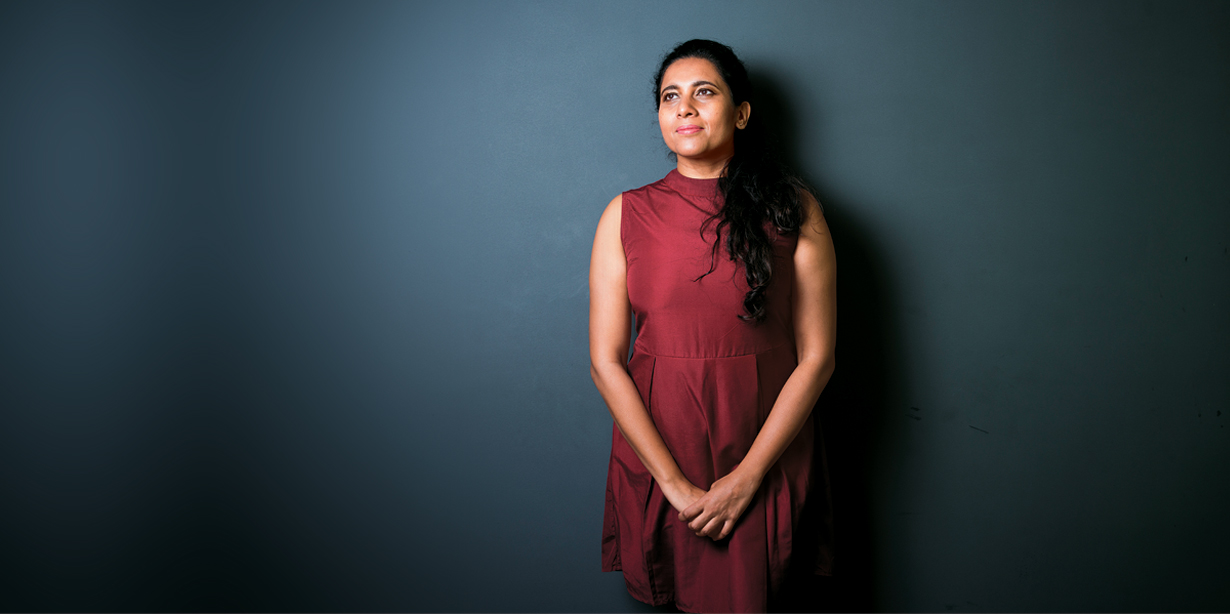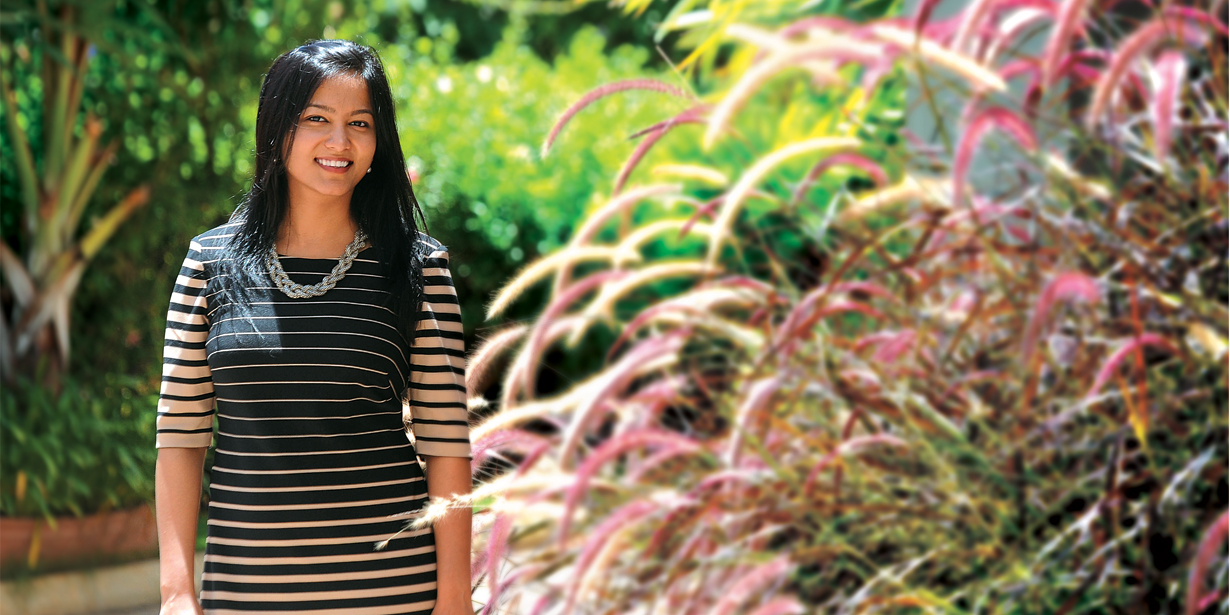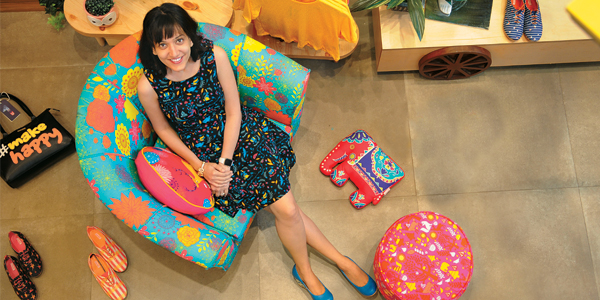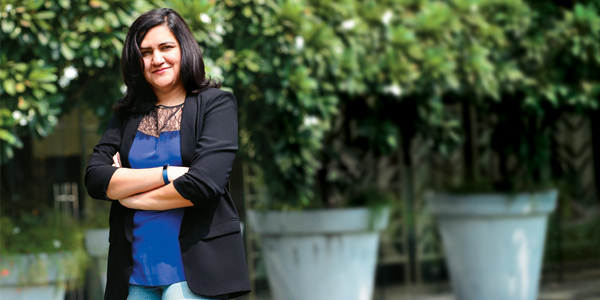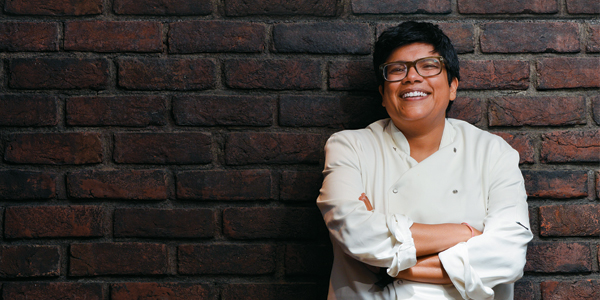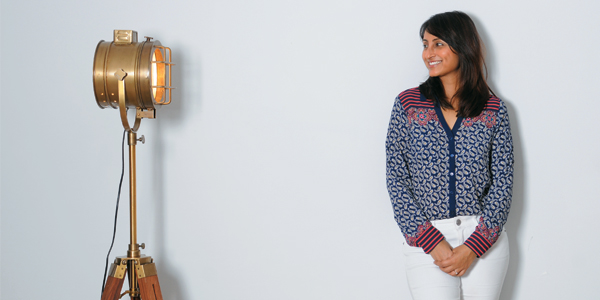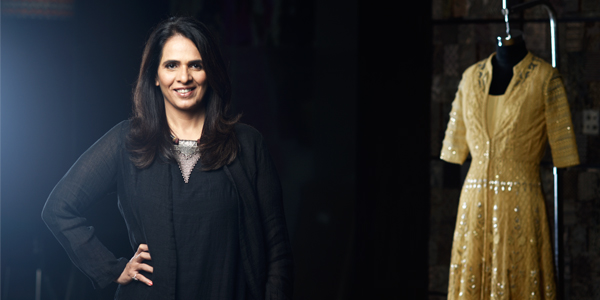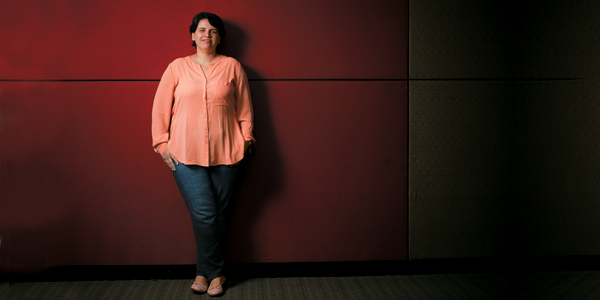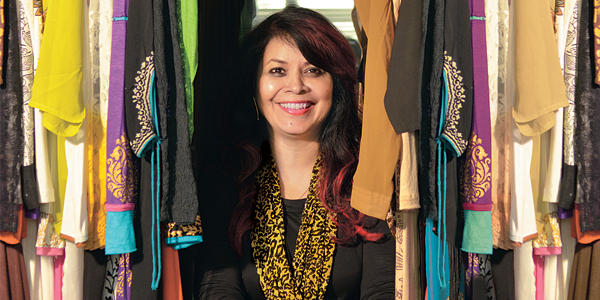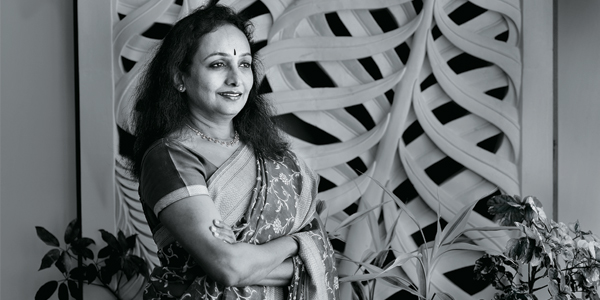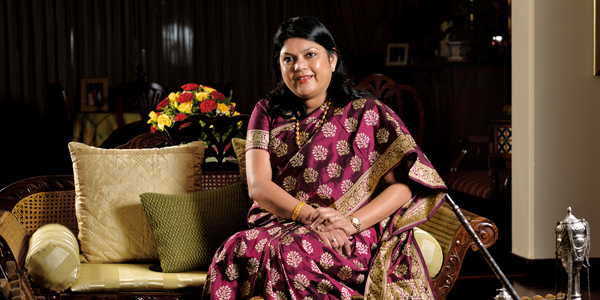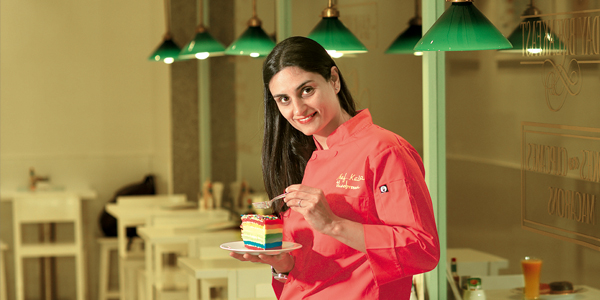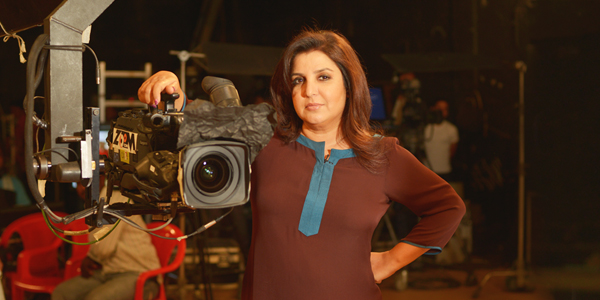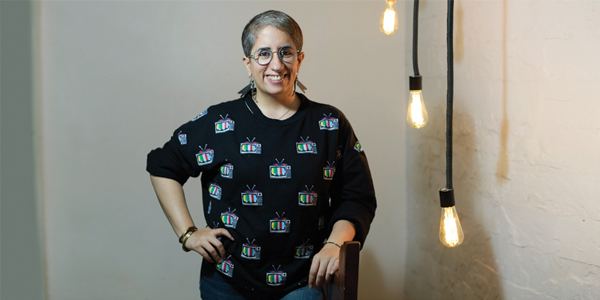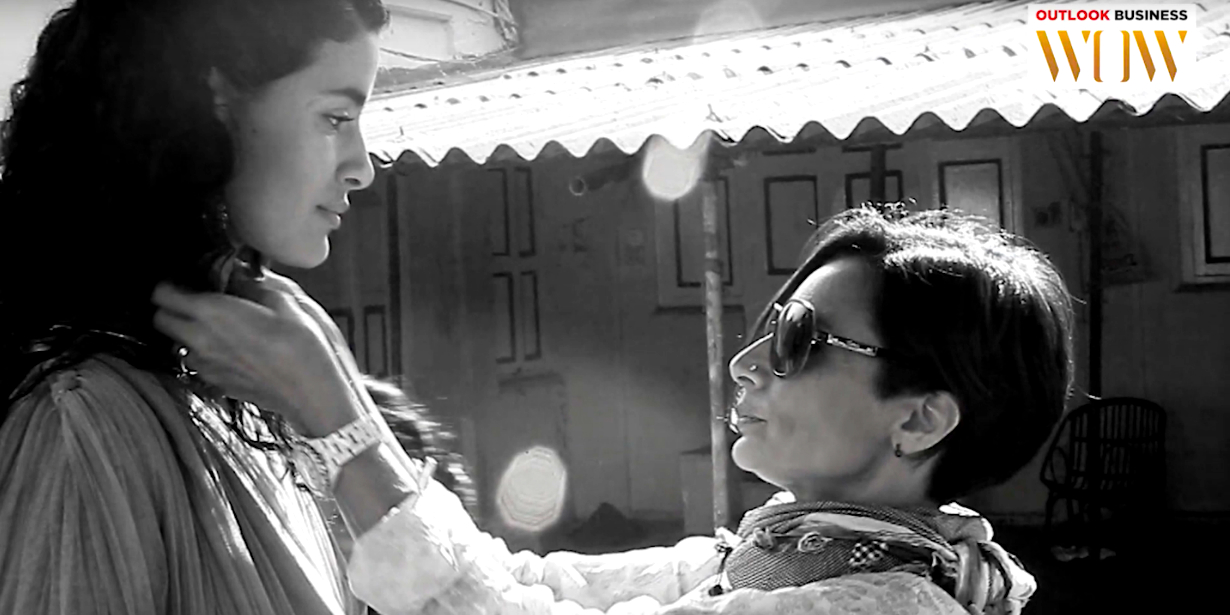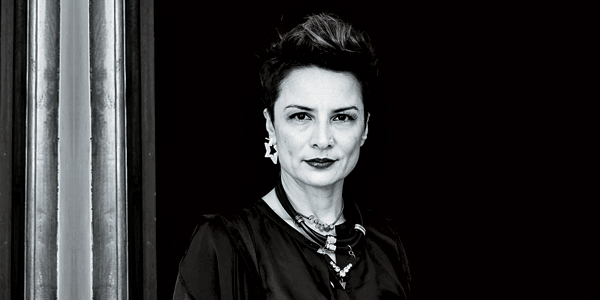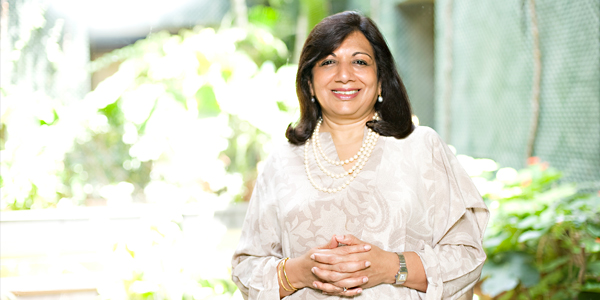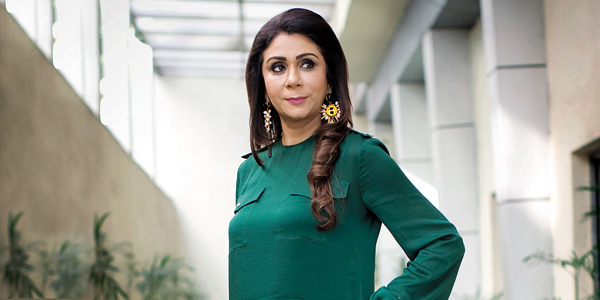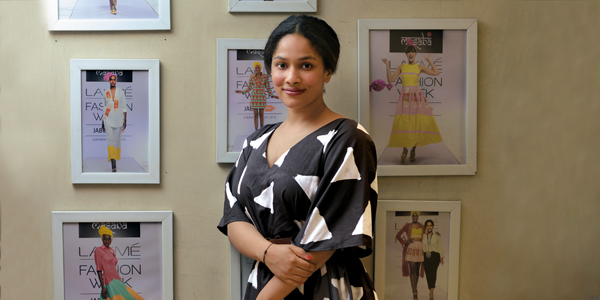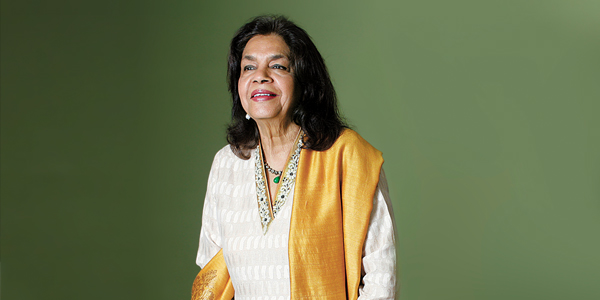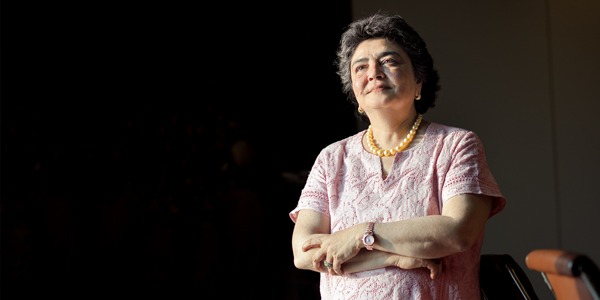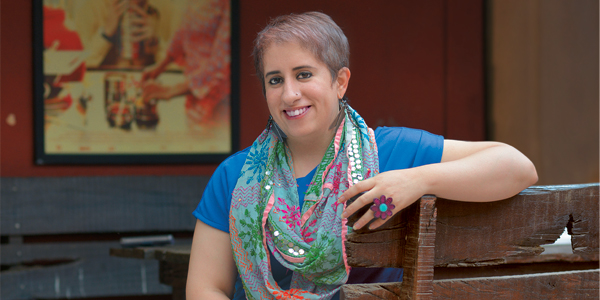From learning block painting herself, to setting up a label the whole country admires – Recapping Ritu Kumar’s 45-year journey
What’s more – she started off before the Indian fashion industry was even born, and aspires to take Indian labels to the same heights as Dior and Loius Vitton
Ritu Kumar is older than the fashion industry in India. Quiz her on what drove her to become an entrepreneur and she finds the question hard to answer; pinpointing an instance is even harder. “This will be a very long answer, as there is a 45-year history behind this business,” she says, finally. Like with many entrepreneurs, Kumar too purely chanced upon her calling, but more on that later. At 70, Kumar comes across as just as young and humble as she was when she started out.
 To many, Kumar’s name might be synonymous with a formidable fashion brand. But Kumar doesn’t really come across as someone who likes to bask in yesterday’s glory. “In the fashion industry in India, I don’t think anybody has reached such a point where they can say they have arrived.” She elaborates, “We are not on the Louis Vuitton scale, we are not like Dior and we have not become MNCs yet. Even after 45 years, it’s a question of a lot more innovation, experimentation, a lot more design inputs and getting better and better at what we do.” That, from someone who by all standards has spent her entire lifetime in the field of fashion, shows the humility and curiosity with which Kumar runs her eponymous brand.
To many, Kumar’s name might be synonymous with a formidable fashion brand. But Kumar doesn’t really come across as someone who likes to bask in yesterday’s glory. “In the fashion industry in India, I don’t think anybody has reached such a point where they can say they have arrived.” She elaborates, “We are not on the Louis Vuitton scale, we are not like Dior and we have not become MNCs yet. Even after 45 years, it’s a question of a lot more innovation, experimentation, a lot more design inputs and getting better and better at what we do.” That, from someone who by all standards has spent her entire lifetime in the field of fashion, shows the humility and curiosity with which Kumar runs her eponymous brand.
What overwhelms Ritu Kumar about the Indian fashion industry is its survival and not its arrival. Fifteen years ago, Kumar thought the last nail was being hammered into the coffin of India’s own craft-based fashion. “When the Zaras and the Mangos of the world came to our high street, I was actually concerned. I thought that we had become just like China; that we would turn out to be like the rest of the world, where everybody wears just one uniform, with Euro-centric, Euro-dictated or American-dictated handwriting,” says Kumar. To a large extent, that has happened for the men in this country, but something saved the other half from the same fate. “Maybe it was because we had fairly healthy Indian designs on the street, which was protected for 40 years. We could not import simple things like a button or a zip for many years. You had to find indigenous alternatives to ready-made garments,” reasons Kumar. So, today, even with Chinese and Taiwanese items inundating the market, we have a healthy fashion industry, which is 100% based on different crafts, catering to women, weddings and religious occasions in the country.
Again, Kumar displays her selfless side. “All this has less to do with the designers and far more to do with the skilled craftspeople in this country that we have got.” Those very people were the reason Kumar stepped into the fashion world for the first time, way back in the 1960s. Kumar graduated from Delhi’s Lady Irwin College in 1964 and was a history nut. She went to New York to study at Briarcliffe College and came back enlightened, for she had discovered that India’s history and textile traditions were glorious. Back in Kolkata, she enrolled for a museology course, during which she met craftsmen doing printing and embroidery in the villages outside the city. The work was all very impressive and as a concerned art lover, she couldn’t let the craft die. So, her business essentially started as a craft-revival enterprise. Kumar started helping the craftspeople develop their repertoire with designs that were already popular in the region. “This was at a time when there was no retail in India. These craftspeople had no place to sell. So, I opened up a small store in Kolkata where they could put up their stuff and then a little one in Delhi,” recalls Kumar.
Building blocks
She began her work with four hand-block printers and two tables in a village outside Kolkata. Without a plan or road map, she kept soldiering on at her work. Slowly, the retail side grew, and so did production. Kumar left her art studies and became far more involved in the craft. “From craft, we shifted to saris, then ready-made garments and then, after a point, we entered the fashion world as well,” she recounts. Her brand’s maiden boutique was opened in 1966 in Delhi’s Defence Colony. It was also Delhi’s first-ever boutique. In 1968, a second boutique was opened in Kolkata. Today, Ritu Kumar, who is credited with bringing the boutique culture to India, runs 30 boutiques across the country. And she has had ample support at home when it comes to her business. Kumar’s husband was from a business family in Kolkata that dealt in auto spare parts. Not too keen to join the family business, he, too, got interested in textiles and started working with her. “That is how we started an export company. This helped establish us as professionals in a field littered with mom-and-pop operations till then,” says Kumar. “We started out with Rs.5,000. PR and marketing activities were by word of mouth. We are talking about the ’60s, after all,” she adds.
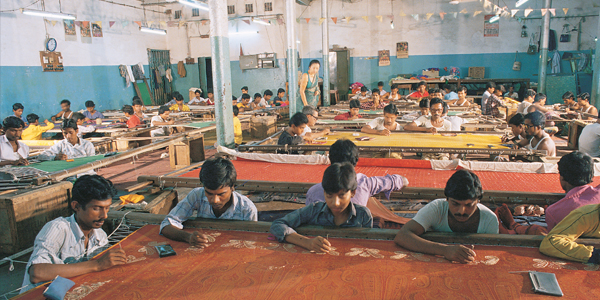
One of the clear milestones in Kumar’s illustrious journey was their first collection that sold in Paris. “This happened in the ’70s and was followed by collections in London and New York, with our own label in the international arena, which at that time was pioneering.” Next, of course, was very intensive work in the villages to revive zardozi embroidery, which was sent as an exhibit by the government to festivals of India all over the world. “I went into printing work as well at this time. Another milestone was when our prints started selling better than European brands at some stage. There was no looking back after that: our export business thrived as well.” But what is more comforting — the Paris sales feat or changing lives of craft families in Bengal? She says the former. “This is because both are connected. The former made the latter possible.” When the company did its first Rs.50 crore of business or when the brand opened 10 or 20 stores, those were definite milestones, but Kumar downplays them and says she sees milestones on the design side. Wisely, she left the nitty-gritty of running the business to her husband first, and to her sons later. Yet, she insists she has commercial acumen. “I had a sense of what will sell. I was not just making a painting. If there is an embroidery pattern that suits the younger generation —I would put that on a T-shirt.”
She received a huge amount of encouragement from all quarters, including the craft arena, which is famously male-dominated. “I don’t remember a single instance where I didn’t feel protected, forget being threatened at all. Except for some situations, maybe, where you try as a woman to balance family, time and career. It has been an enriching journey but a tough call because there were no parameters, there were no stores to put my stuff in. I was really doing a revival job.” Quite wisely, Kumar leaned on the glitz and glamour world to push her stuff. This trend started in the ’70s and continues to keep her in the limelight to this day. “After all, we are talking about visuals. Textiles always need marketing. You cannot talk textiles without them being physically present and they have to be worn very well.” Who better than Rekha, Sharmila Tagore or Rakhee to drape her saris on in the ’70s, then. Kumar was especially closer to actresses from Bengal then. With the economy opening up in the ’90s, fashion shows and beauty pageants, too, caught India’s imagination. And Kumar was just waiting for the opportunity to unleash.
 Little miss sunshine
Little miss sunshine
In 1994, she was approached by Femina Miss India to professionalise the wardrobes for contestants who were to participate in the international pageants. Sushmita Sen and Aishwarya Rai were the first of the two participants and subsequently went on to win the Miss Universe and Miss World titles, respectively. She has been designing wardrobes — comprising swimwear, evening wear, traditional Indian wear, casual wear, and formal evening gowns — for Indian beauty queens ever since. “They were not wearing something polka-dotted, but something coming from the craft arena.” Bandhini, a sari pattern from Kutch worn by Aishwarya Rai during the contest became very popular. “Everybody wanted a bandhini sari, and all those market trends came into force because the media started becoming active. There really was no media when I started out,” she adds. Taking Indian village textiles to international platforms wasn’t easy and Kumar had to face several obstacles. She says, “It is easy to make five pieces from one small village because you know the family. But then if you want to multiply the production, then you have to set up little units within the village, establish quality control.” Kumar had to perform the task of professionalising the villages. Having worked with village craftsmen for 45 years, she says still has one regret. “My only regret is that I have never been able to do enough with the handloom industry in the country, which is what I hope to work on in future.”
Today, Ritu Kumar’s enterprise has three distinct brands in the market: Ri, a premium bridal and formal wear line; Ritu Kumar, a traditional prêt brand offering ethnic daily and semi-formal wear; and Label, a fashion prêt line. But she’s not alone in the world of ethnic wear. Quite a few women ethnic wear retailers have emerged on the scene in the last decade, outgrowing Kumar’s retail store numbers by far. She never really talks passionately about competition or the market. She likes to talk about the country’s textile heritage and its future instead. “We have an organic fashion handwriting based on very indigenous skills. With the world having almost no other choice, we will perhaps end up being the only country which has this amazing USP.” Coming from a fashionista like her, that’s perhaps the most promising forecast for the fashion world yet.
